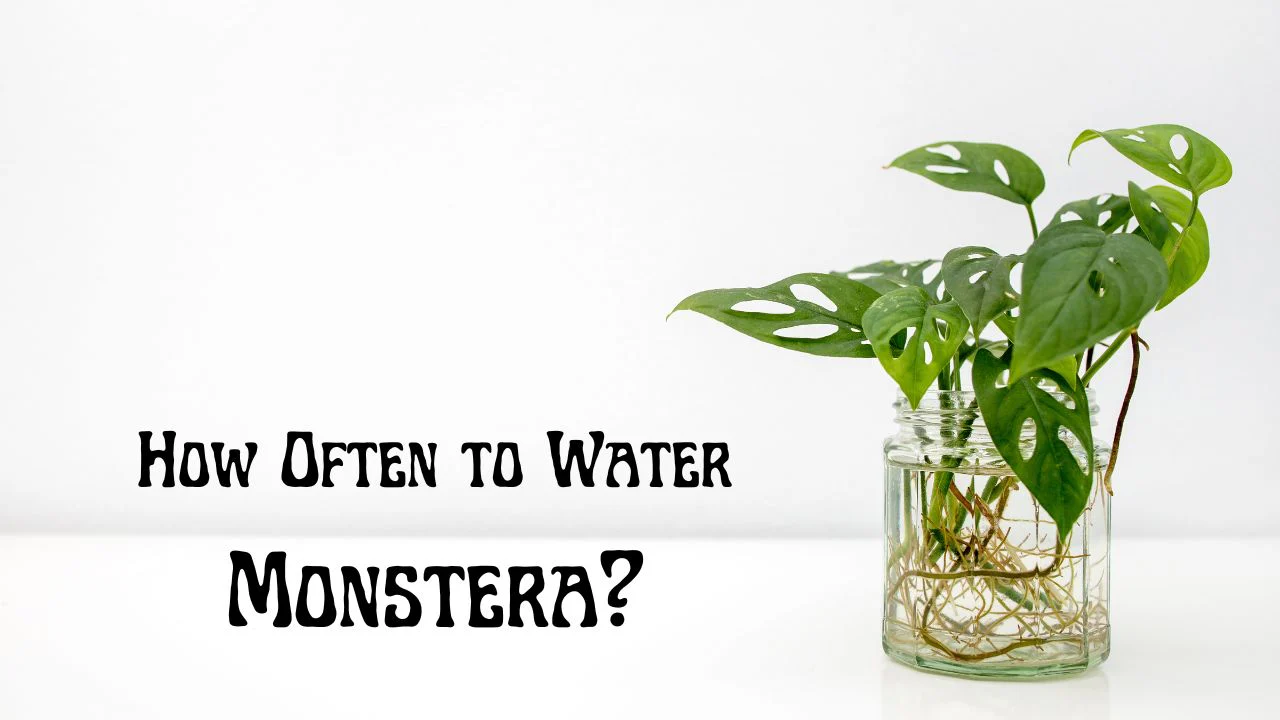Monstera plants, known for their stunning foliage and tropical appeal, require proper watering to thrive. Overwatering or underwatering can lead to various issues, including root rot or droopy leaves. Understanding the right watering schedule and techniques will help your Monstera grow healthy and vibrant.
How Often Should You Water a Monstera?

The general rule is to water your Monstera when the top 1-2 inches of soil feel dry. Depending on the season and environment, this can range from once a week in warmer months to every two weeks in cooler months. Several factors influence how often you should water your Monstera:
1. Seasonal Changes
- Spring & Summer: Water more frequently as the plant is actively growing. Check soil moisture every few days.
- Fall & Winter: Reduce watering as the plant’s growth slows. Ensure the soil dries out more between watering sessions.
2. Humidity Levels
Monsteras thrive in humid conditions. If your home is dry, you may need to water more often. Using a humidity tray or a humidifier can help maintain optimal moisture levels.
3. Pot Size and Drainage
Ensure your Monstera is in a well-draining pot with drainage holes. Larger pots retain moisture longer, meaning you may need to water less frequently.
4. Soil Type
A well-aerated soil mix with peat moss, perlite, and orchid bark helps retain the right amount of moisture without becoming waterlogged.
Signs Your Monstera Needs Water

- Drooping or curling leaves
- Dry and crispy leaf edges
- Light, dry soil
- Slow growth
Signs of Overwatering
- Yellowing leaves
- Mushy or black roots (a sign of root rot)
- Moldy or foul-smelling soil
- Water pooling in the pot
Proper Watering Techniques
- Use Room Temperature Water: Cold water can shock the roots, while warm water promotes absorption.
- Water Evenly: Pour water slowly around the base until excess drains from the bottom.
- Drain Excess Water: Never let the plant sit in standing water; empty the saucer after watering.
- Bottom Watering (Optional): Place the pot in a tray of water for 10-15 minutes to allow roots to soak up moisture.
Also Read : What Are The Most Common Monstera Diseases And Solutions?
Conclusion
Watering your Monstera correctly is key to its overall health. By adjusting your watering schedule based on season, humidity, and soil dryness, you can maintain a thriving plant. Always check soil moisture before watering and ensure proper drainage to prevent root rot.
FAQs
1. Can I mist my Monstera instead of watering it?
Misting helps increase humidity but does not replace proper watering. Always water the soil directly.
2. How do I know if my Monstera is overwatered?
Yellow leaves, mushy roots, and a foul smell from the soil are signs of overwatering.
3. Should I use tap water for my Monstera?
Let tap water sit for 24 hours to allow chlorine to evaporate, or use filtered water.
4. What should I do if I forget to water my Monstera?
If your Monstera is drooping, water it thoroughly and monitor its recovery.
5. Can I use self-watering pots for my Monstera?
Yes, but ensure the reservoir does not keep the roots overly wet, as Monsteras prefer well-draining conditions.

